Trick-or-treating feels modern, but its bones are old. Across late autumns, families marked a thin veil between living and dead with food at doors, prayers traded for small gifts, and masks that blurred identity. Roman orchards hosted courtship games, while medieval lanes echoed with soul-cake songs. Scottish guisers performed for coins; English bonfire crowds begged for pennies. Blend those customs, add porch lights and candy bowls, and a familiar knock emerges, stitched from memory, hospitality, playful fear, and the pull of community.
Samhain Offerings At The Door
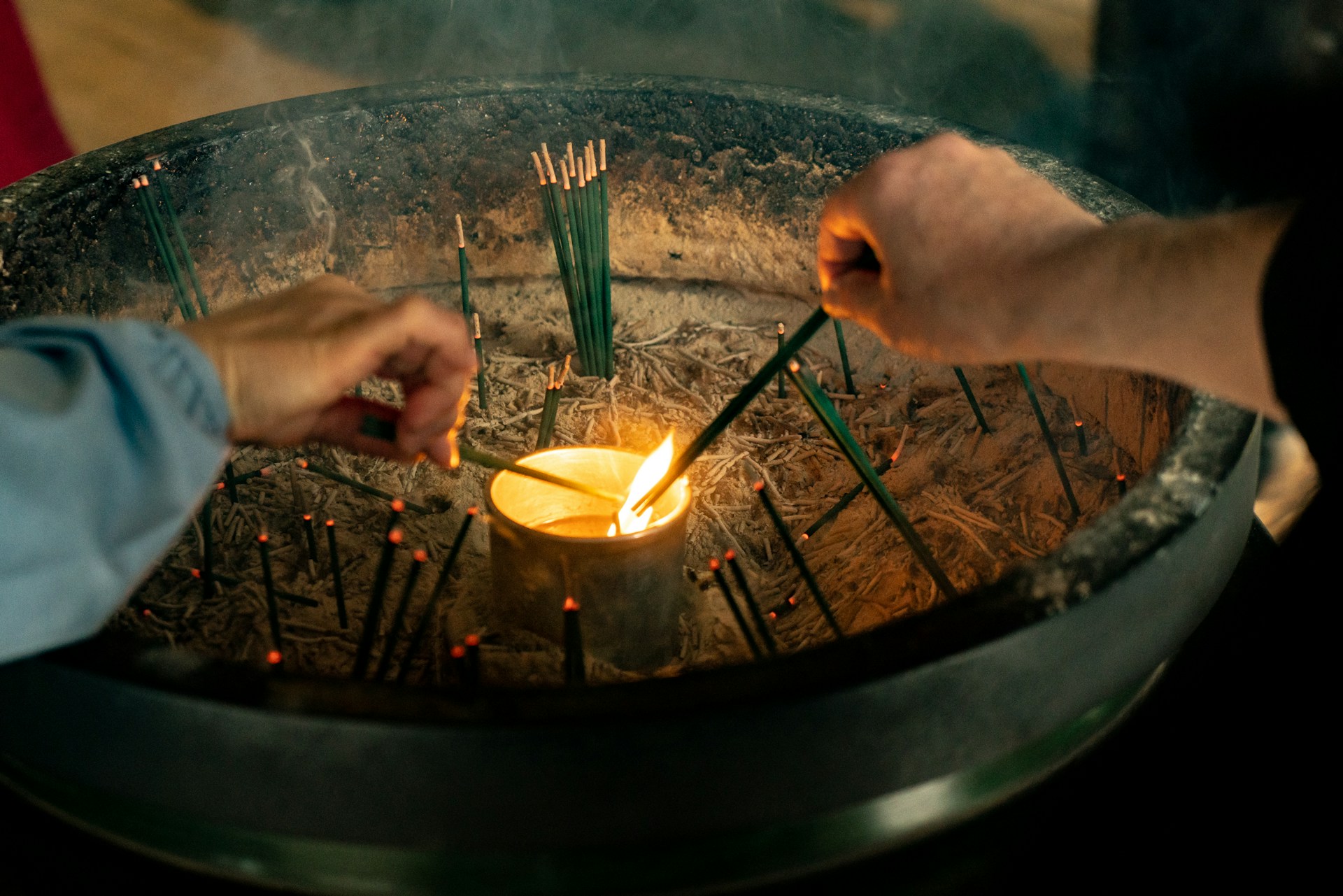
Among Celtic households, Samhain closed harvest and opened a night when spirits wandered. Families set bread, fruit, and drink at thresholds for kin and strangers, a quiet insurance against mischief and hunger. Neighbors noticed who gave freely, and reputations formed around that generosity. The exchange fixed a pattern: kindness measured by a doorway and a plate. Later faiths folded over the season, yet the habit held. Gifts at the door endured, and the porch became a stage for welcome.
Medieval Souling And Soul Cakes

During Allhallowtide, parish poor and children visited homes offering prayers for the dead in return for round spiced cakes marked with a cross. Bells tolled, candles glowed, and names were spoken as memory met charity. The practice turned remembrance into a route where words earned food and favor. Over time, cake softened into sweets and prayers drifted toward playful rhymes, but the structure stayed firm. A knock, a brief exchange, and a small reward carried reverence into routine.
Scottish And Irish Guising
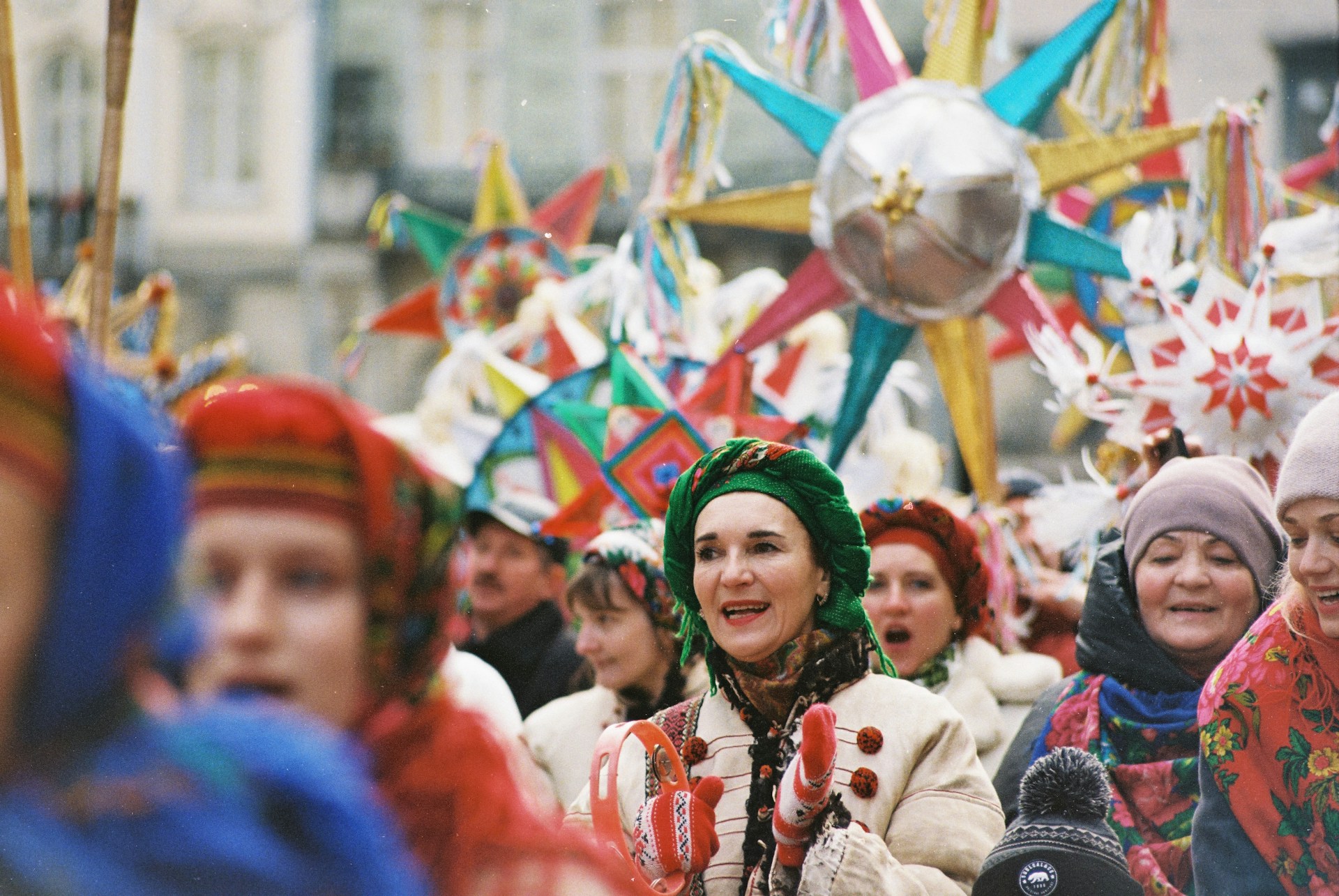
In Scotland and Ireland, guising sent masked youngsters into lanes with lanterns and party pieces. A song, a joke, or a nimble trick won fruit, nuts, or coins, while adults judged performance as much as costume. Turnip lanterns threw grim smiles across doorsteps and stitched theater into neighborly trade. The format is familiar: disguise, doorstep, and a brief show for a tangible prize. Candy later replaced chestnuts, not the cadence. Performance and generosity set the rhythm.
Mumming, Masking, And Mischief
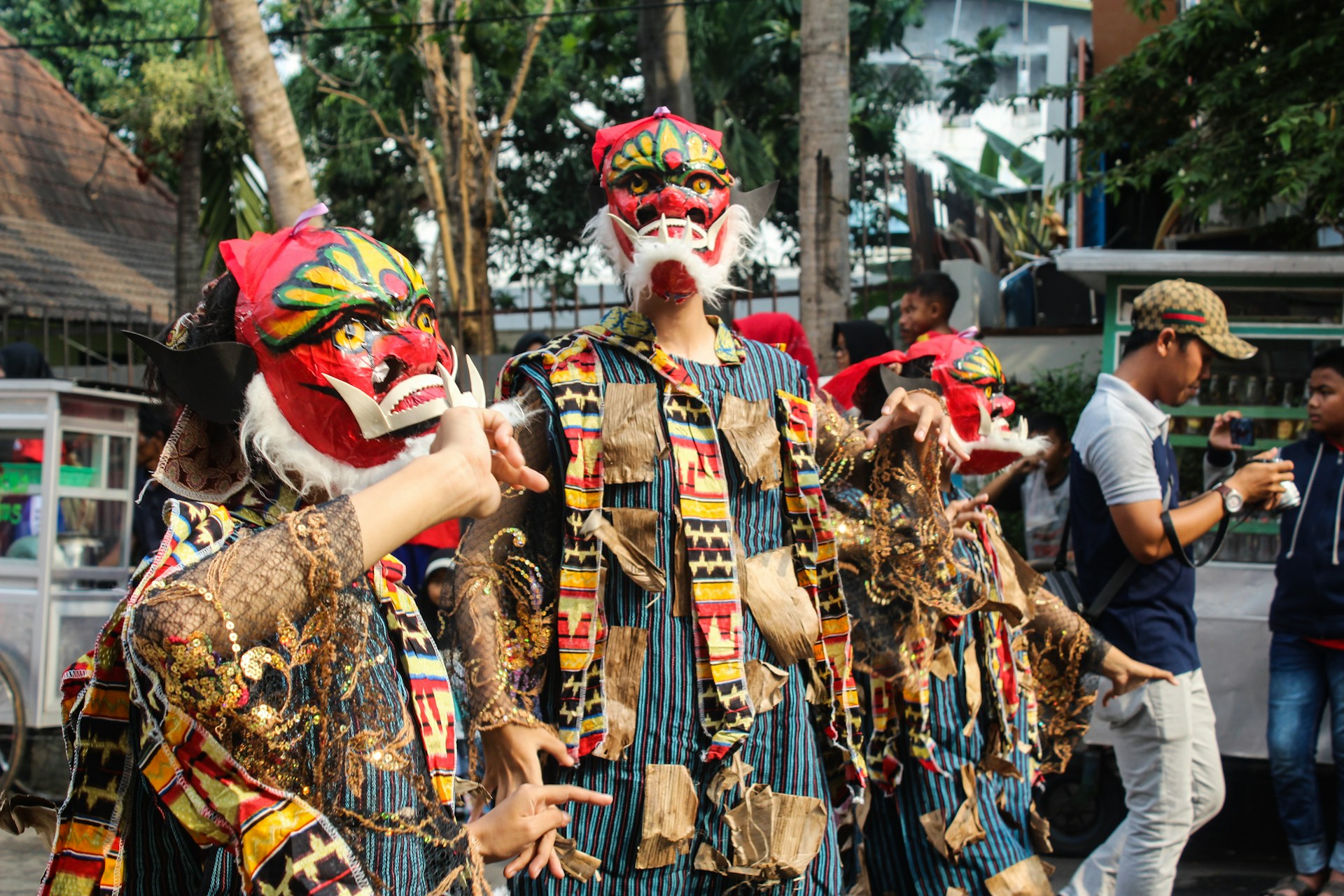
Seasonal mummers roamed in bands, faces veiled, acting out stock scenes in kitchens and yards. Hosts paid with cider, scraps, or coins to end the play and send the troupe along. Boundaries blurred, and rooms belonged to performers until the hat was filled. That negotiated trespass—enter, entertain, collect, leave—mapped neatly onto later door-to-door customs. Swap the skit for a rhyme and the horsehair masks for store capes, and the choreography remains recognizable.
Pomona’s Orchard And Apple Games
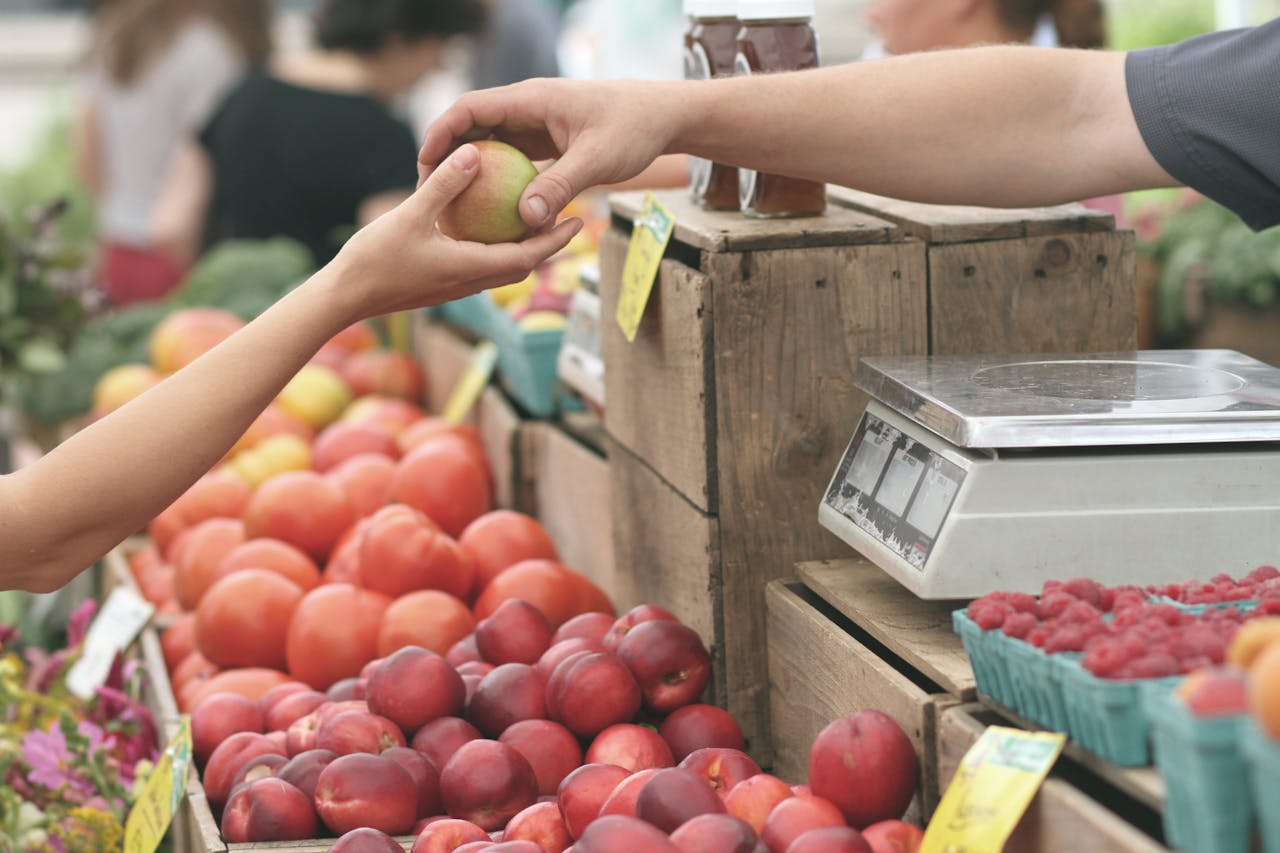
Roman festivities for Pomona, spirit of fruit and plenty, seeded autumn with tactile games. Young people bobbed for apples to seek luck in love, a laughing ritual that traveled with orchards into harvest parties. The snap of fruit promised skill, fortune, and a hint of the future. When Halloween borrowed those playful tests, doorsteps echoed the same bargain: a little effort for a sweet reward. The treat changed shape, but the promise kept its bite.
Bonfires, Begging, And Guy Fawkes Night
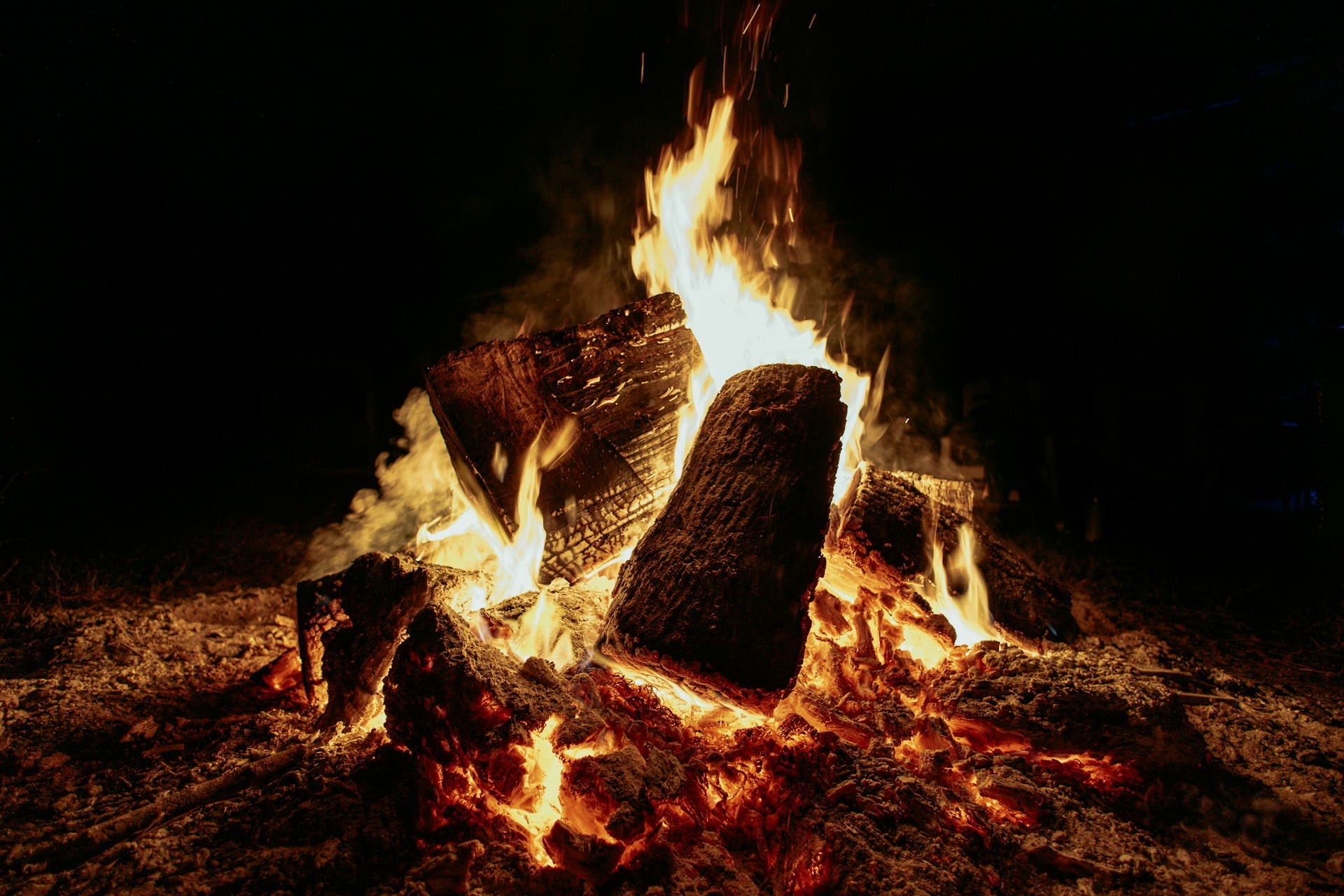
Early Nov. crowds built fires and rattled tins for pennies to fund displays, sometimes stopping at doors with cheeky verses. Children learned a seasonal script of noise, pageantry, and polite asking that tied fuel, spectacle, and reward together. Though fixed to a different date, the threshold habit lingered in towns that also kept All Saints. Calendars overlapped, customs met, and the path from bonfire coins to candy bowls grew short. Asking well became its own tradition.
Allhallowtide Lights And Lanterns

Processions moved by churchyards with wind-shielded candles while households carried carved turnips or beets to light lanes. Faces flickered across windows as names of the departed rose in prayer. Light pushed back fear and guided visitors toward open doors. As porch bulbs replaced tallow, the invitation stayed literal and kind: a glow signals welcome. The same beam that once honored souls now gathers small costumed travelers, leading them to a bowl, a laugh, and the next porch.
Pennsylvania Dutch Belsnickeling
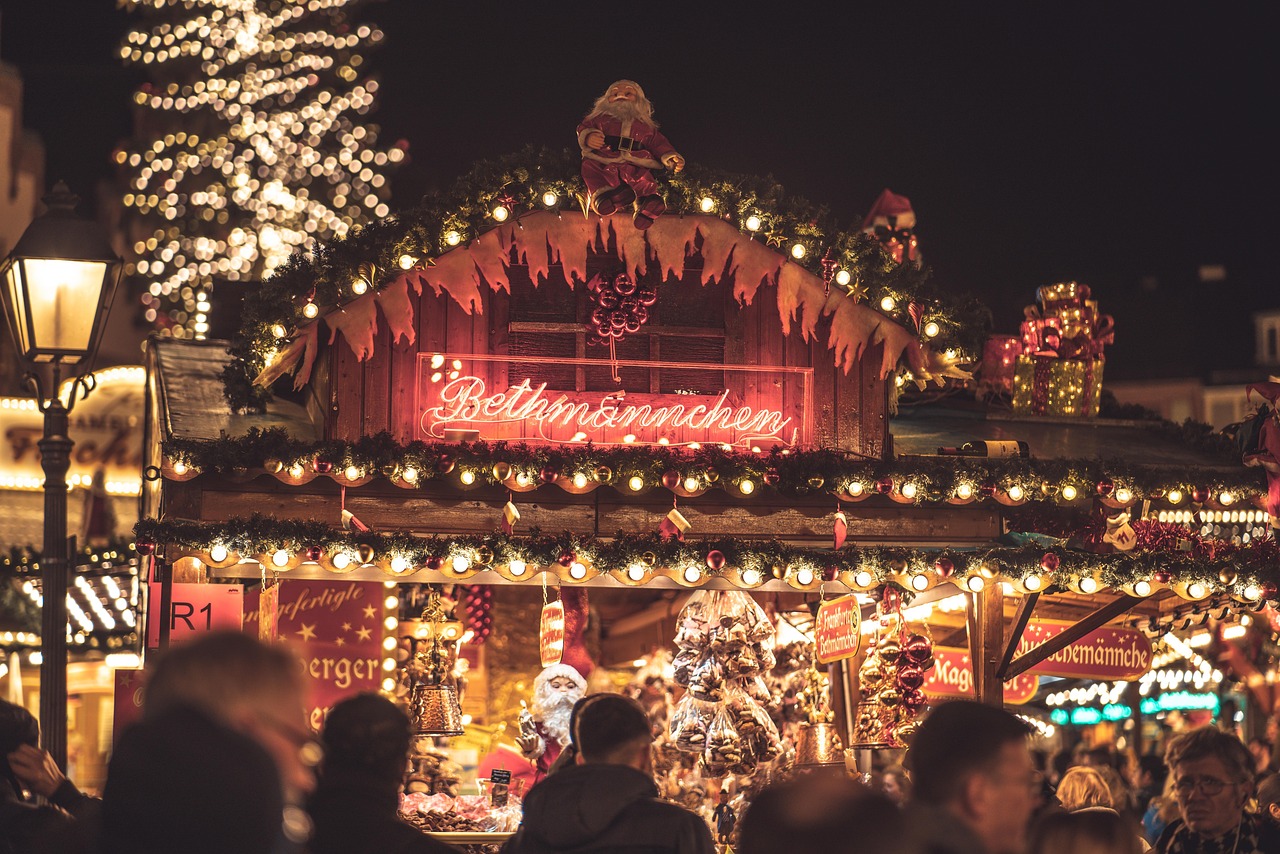
In some German-speaking communities, Belsnickel or masked Klausenlauf visitors arrived in early winter with switches and treats, testing manners at the threshold. Children recited verses and promised better habits to earn nuts and sweets, part lesson and part theater. The doorway carried moral weight, a place where conduct was noticed and rewarded. That blend of light fright, brief performance, and small prizes crossed easily into American Halloween, strengthening the door-knock as a seasonal rite.


